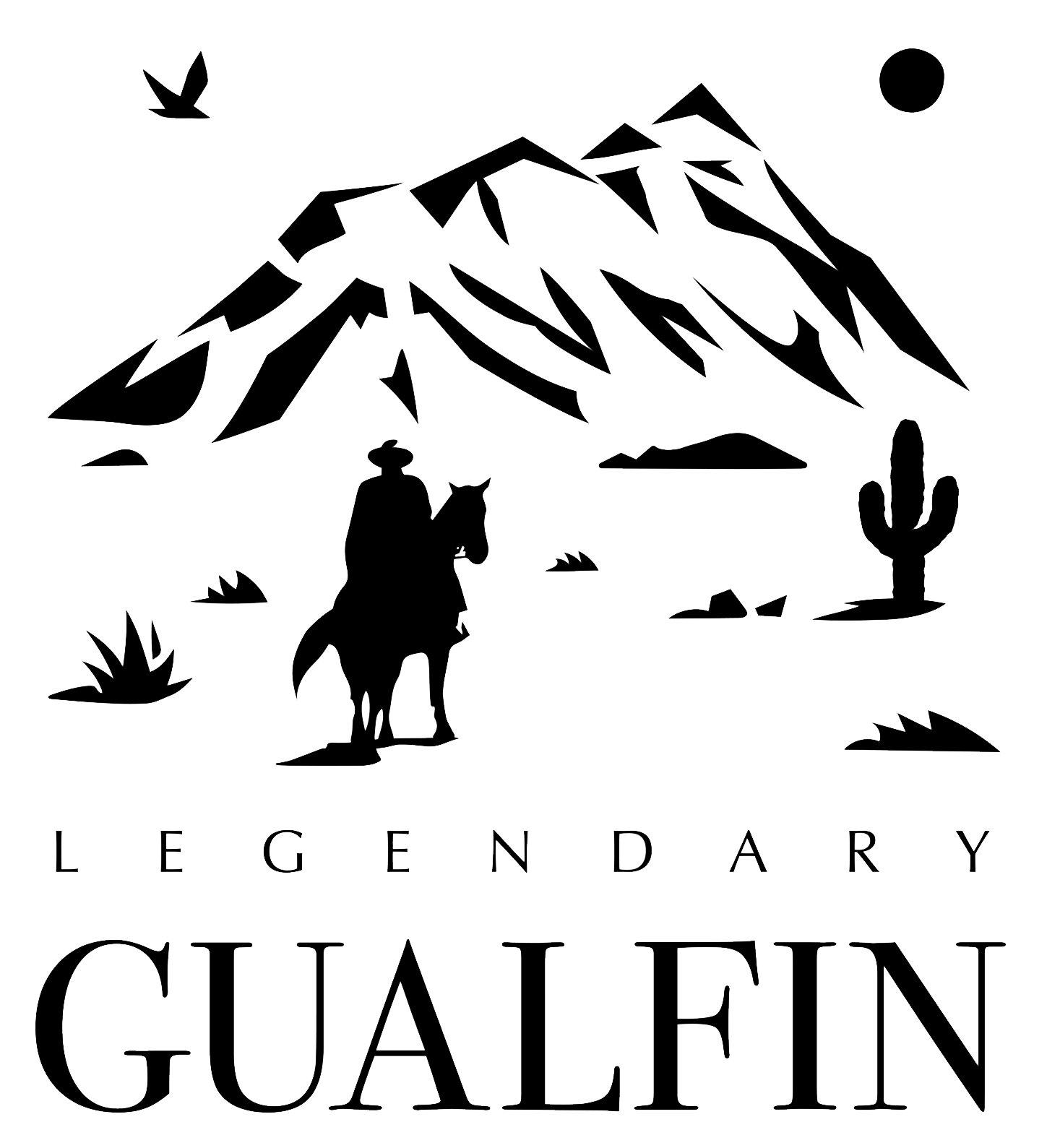COVID-19 Caused the Biggest Disaster in Half a Century
Week 19 of the Quarantine
SALTA, ARGENTINA – There were seven police roadblocks between our farm and the capital city, Salta (about a four-hour drive).
Sometimes, we were waved through. Other times, we had to stop, answer questions, show our permission, get our temperatures taken… and at one stop, we had the pick-up truck sprayed with some kind of disinfectant.
“Why are you spraying the truck?” we asked. We had never heard of… nor ever imagined… that a pick-up truck might be a vector for the spread of the COVID.
“I don’t know,” came the answer. “But we want you to be safe.”
Panic Mode
The answer made no more sense than the action that instigated it.
“I don’t think anyone really knows,” explained a friend. “They might be doing it just to make people think they are taking this seriously. Or maybe they are just stupid.”
A neighboring province – Jujuy – is back to Full Lockdown after a surge in new cases.
And the TV news last night reported that the COVID-19 is getting worse and worse, with 5,786 new cases in Argentina on Wednesday alone… and 98 deaths.
Beneath the news was a red banner with a single word: “URGENTE,” which needs no translation.
Ninety-eight people doesn’t seem like a lot to us. About half a million people die every year in Argentina.
But many countries are still in panic mode… and none more than this one.
Shocking Headlines
In America, as in Argentina, the press is beside itself. In yesterday’s U.S. news, for example, the three lead items on our computer screen were:
CNN: Birx warns of concerning rise in 12 cities
Reuters: US Coronavirus cases top 4 million
NBC News: About 40% of adults at risk for complications
Another shocking headline tells us that 145,000 Americans have now died “with” COVID (it is not clear what actually killed them).
As alarming as that sounds, it shrinks in context. Each year, some 2.5 million people in the U.S. die. And no matter how many vitamins they take or how many face masks they wear, eventually, the death rate goes to 100%.
Even if the total COVID deaths rise to 250,000 this year, a person is still 10 times more likely to die of something else. And if he dies from COVID, statistically, he’s lucky.
On average, COVID kills people at about 80 years old. That’s around five years more life than the average cancer victim and two years longer than the average death from all causes.
Besides, heart disease and cancer sneak up on you… and there’s not much you can do to protect yourself.
But COVID? It’s an infectious disease. It can be dodged… simply by staying away from other human beings and not eating raw bats.
But in the modern world – with its phony news and counterfeit policies – every “crisis” is an opportunity for the feds to declare war and pay for it with more fake money.
Lockdown Dilemma
Back here in Argentina…
The country has been under siege for more than four months. Shops closed. Roadblocks everywhere. Buses and trains stopped. Businesses shuttered.
It was beginning to open its doors this month… but now, it is between a rock and a hard place.
Having held the virus at bay with severe measures, if it relaxes its Lockdown measures now, the virus will run rampant and deaths will increase. But if it keeps the gates closed much longer… the whole population may soon be eating rats.
The Lockdown seems to have bought some time… delaying the spread of the disease. But it did not go away. Instead, it waited… And now, the COVID works its way through susceptible populations, like a gigolo through a ladies’ club, taking advantage of the old, the weak, and those whose immune systems are not up to the challenge.
What to do? Close the gates again?
“These people don’t have a lot of savings. They aren’t rich. They live day to day,” our friend described what he sees going on around him.
“Out in the country, they get by… they don’t need much money to survive. But in the city, they need to earn money or they have no way to eat.
“The government said all employers had to keep paying them, but many small businesses are already out of money. They don’t have any way to pay their bills or their employees. Every day that passes, it gets worse. I don’t think we’ve even begun to reckon with the costs.”
When Cost Is No Issue
Reckon with the costs? What’s the matter, don’t the Argentines have a printing press?
As with any natural disaster, there are costs to be reckoned with. Hurricanes… earthquakes… droughts – all take their toll.
In every case, a person can protect himself. He can stay above the floodplain… build a solid house… buy insurance… and keep a supply of savings, food, and water.
But disasters still happen. And typically, both public policy and private initiatives are subject to a cost/benefit analysis.
How much will protection cost? What good will it do? What would we rather do with the money?
But why bother to do a cost-benefit calculation when cost is not an issue?
Honest money would force people to make honest choices – weighing the risks and deciding what to do.
Instead, the federales went to war… and created the biggest social, economic, and political disaster in half a century.
Stay tuned.
Regards,
Bill
